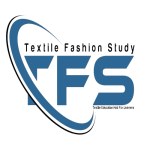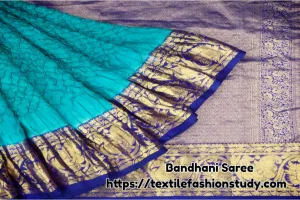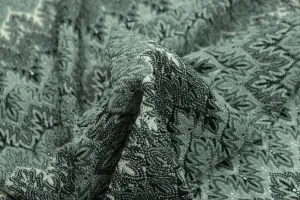Table of Contents
Scouring Process
The scouring process uses to remove unwanted substances from a fabric or garment. Basically, natural fiber contains different impurities such as dust, oil, wax, and minerals substances. This impurity is harmful to the textile dyeing and printing process. Thereafter, these impurities need to remove from the raw fiber or fabrics before the wet processing of the textile materials. The process by which unwanted impurities such as dust, oil, wax, and mineral substances are removed from the natural fiber or fabrics is called the scouring process.
Cotton Fabric Scouring Process
Cotton is a natural fiber. However, it contains different natural and artificial impurities. So, it is essential to eliminate natural and artificial impurities from the fabric to make it cleaner and more absorbent for the dyeing and printing process.
Scouring performs to remove contaminants such as dirt, wax, oil, and other residues from the cotton fabric and also opens up the fibers of the fabric to make them more absorbent for the dyeing process. Furthermore, different tools and techniques are used to do this scouring treatment such as mechanical agitation, chemical treatments, and treatments with enzymes and acids. Cotton fabric scouring is a chemical treatment process that removes natural wax and non-fibrous impurities, additional soiling, or dirt from the fabrics. Kiers (large iron vessels) are used for the cotton fabric scouring process.

Impurities in Cotton
Cotton contains impurities that range from 4 to 12%. The following impurities are removed by scouring. They are-
- Wax: 0.4-1.2%
- Ash (inorganic salts): 0.7-1.6%
- Pectins: 0.4-1.2%
- Others (resins, pigments, hemicellulose, sugars, organic acids, incrusted ligneous substance): 0.5-8.0%
After the scouring process, it improves the hydrophilicity, and absorbency of cotton fabric to get uniform results in the bleaching and dying process.
Considering Points of the Scouring Process
The following points need to be considered before the scouring process. They are-
- Which type of cotton is used
- Construction of the cotton fabric
- Cleanliness of cotton
- Color of cotton
- The count of the cotton
- The twist of the cotton
Flow Chart of Scouring Process of Cotton Fabric in the Textile Industry
Scouring is a step-by-step process. Basically, three scouring actions are done in the kier boiler as Saponification, Emulsification, and Detergency. The following is the flow chart of the scouring process of cotton fabric. They are–
Cotton Fabric or Fiber
↓
Inspection
↓
Wetted by NaOH solution
↓
Emulsification by Emulsifying Agent
↓
Detergency by Detergent
↓
↓
Scoured Fabric
Scouring Process Recipe:
- NaOH: 3%
- Na2CO3: 3%
- Wetting agent: 1%
- Sequestering agent: 1%
- Detergent: 1%
Scouring Parameters:
- pH range: 10.5-11
- Temperature: 65-90ºC
- M:L: 1:50
- Time: 1.30 hr
Scouring Chemicals and their Properties
- Caustic Soda (NaOH): It neutralizes acidic materials, saponifies glycerides (waxes and oils), and solubilizes silicates.
- Sodium Silicate: These chemicals penetrate and break down lignin in motes.
- Salt: It is a building agent that causes detergents to become increasingly effective.
- Wetting agent: It helps to reduce surface tension and minimize interfacial tensions.
- Detergents: Detergent is used to emulsify fats, oils, and waxes and also suspend materials after they have been removed.
- Sequestering Agents: It uses to deactivate metal ions.
- Solvent: Assists emulsification by dissolving oily materials.
In sum, it is required to know how much % fabric weight is lost by this scouring process. We know, the standard weight loss of scoured cotton fabric is 4-8%. However, if the weight loss percentage is less than 4% it mentioned that it is not well scoured on the hand if cotton fabric weight loss after scouring is over 8%, it mentioned that the fabric is damaged due to over-scouring. So, it needs to be careful during the scouring process in the textile industry.





